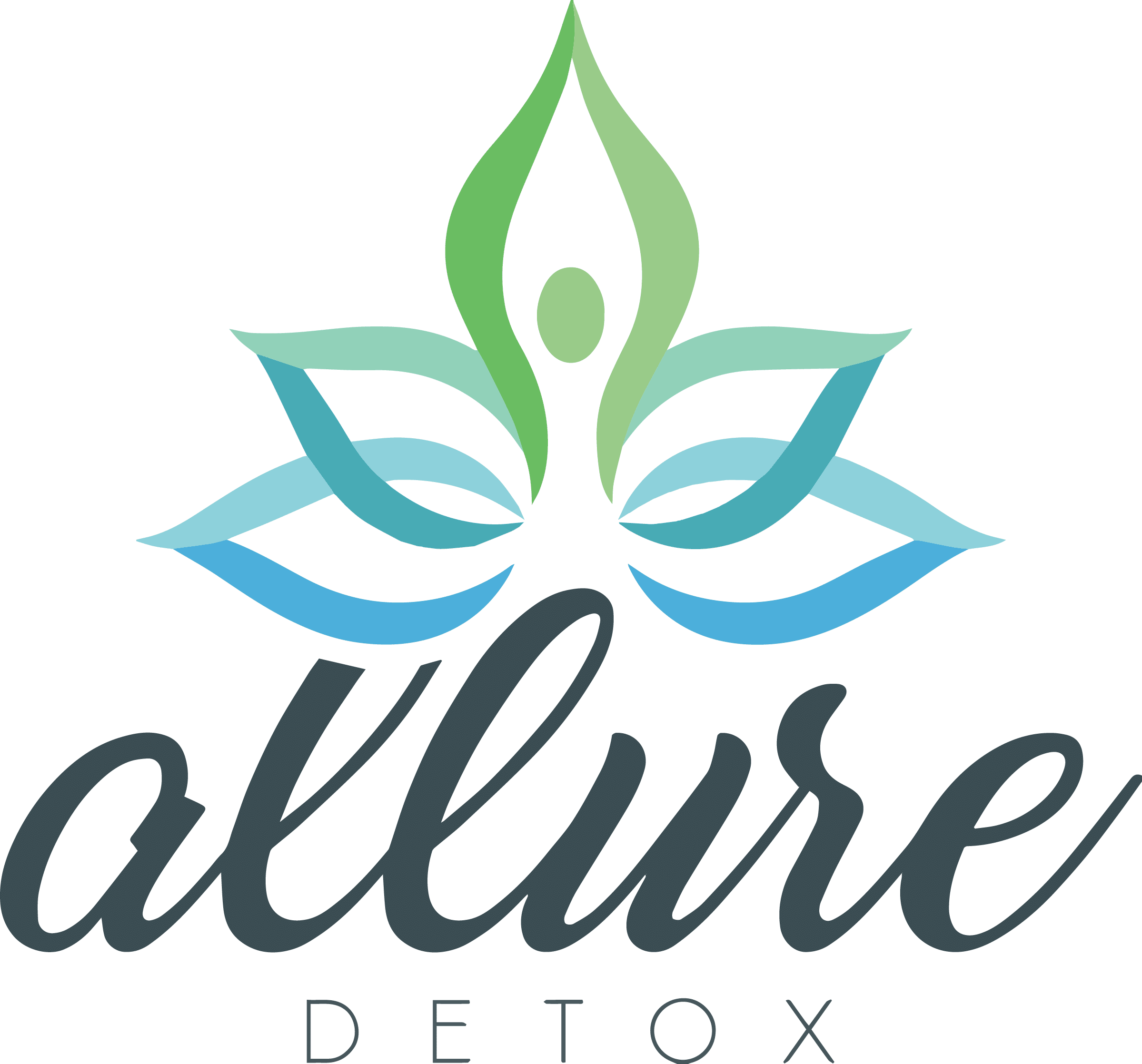Under the Affordable Care Act (ACA), substance abuse treatment is an essential health care service that should be accessible for all U.S. citizens. Nevertheless, the cost of drug rehab in Florida can differ greatly from one person to another.
Table of Contents
Understanding The Cost Of Drug Rehab in Florida
If you don’t have insurance, you may be entitled to free, discounted or sliding-scale services based on your financial situation. Nonprofit and state-funded rehabs may provide financial support if you qualify.

You might be covered under your spouse’s health insurance benefits. Public health insurance providers like Medicaid and Medicare offer health care coverage if you have a low income or are disabled or retired and don’t have employer-based insurance or private coverage.
Between 2011 and 2014, almost 40 percent of people with alcoholism or a drug addiction did not get the help they needed. They believed that treatment was only available for those with health insurance, and they were unable to pay for treatment themselves.
Given the perceived high price of treatment, only a small number of people with an addiction seek help and get the care they need. Many people cannot afford to be away from their jobs for 30 days or more with no other source of income.
The average cost of drug rehab is about $18,000. However, it can range from $5,000 to $50,000.
According to drug treatment facilities across the country, the estimated 30-day cost of drug rehab in Florida will be somewhere between $250 and $800 per day. Long-term residential care lasting between 60 and 90 days may cost up to twice as much as a 30-day treatment program.
The estimated cost of basic residential treatment including in-depth assessments and 24/7 supervision costs between $2,000 and $20,000. Buprenorphine-assisted treatment including medication and two weekly visits costs about $5,980 per year.
The ACA dictates that your health insurance provider must cover at least part of the costs of your rehab. Some insurance companies will pay for up to 90 percent of your charges. Others pay a certain percentage, and you are responsible for the rest.
Treatment costs also vary based on your particular health care coverage, the state in which you purchased insurance, your treatment provider, and your personal needs.
An example of a personal need is if you require medication management services from a nurse who is qualified to dispense your prescriptions. You may be charged a fee to cover the cost of having the nurse visit your treatment facility every day. Medications dispensed by the nurse might include methadone and buprenorphine.
A 2016 report by the U.S. Department of Defense calculated drug rehab costs for opioid addiction to be about $6,552 per year for methadone-assisted treatment, $5,980 per year for buprenorphine-assisted treatment, and $14,112 per year for naltrexone-assisted treatment.
The treatment center you select can help you sort things out financially. They can negotiate terms with your insurance company so you won’t have to.
| Category | Details |
|---|---|
| Financial Assistance | Free, discounted, or sliding-scale services based on financial situation; Nonprofit and state-funded rehabs may provide financial support if you qualify. |
| Spouse’s Insurance | You might be covered under your spouse’s health insurance benefits. |
| Public Health Insurance | Medicaid and Medicare offer health care coverage if you have a low income or are disabled or retired and don’t have employer-based insurance or private coverage. |
| Unmet Needs (2011-2014) | Almost 40% of people with alcoholism or a drug addiction did not get needed help, believing treatment was only available for those with health insurance. |
| High Perceived Cost | Many people do not seek help due to the perceived high price of treatment and inability to afford being away from jobs for extended periods. |
| Average Rehab Cost | About $18,000, ranging from $5,000 to $50,000. |
| Florida 30-Day Rehab Cost | Estimated between $250 and $800 per day. |
| Long-Term Residential Care | 60 to 90 days of care may cost up to twice as much as a 30-day treatment program. |
| Basic Residential Treatment | Costs between $2,000 and $20,000, including in-depth assessments and 24/7 supervision. |
| Buprenorphine-Assisted Treatment | Costs about $5,980 per year, including medication and two weekly visits. |
| Insurance Coverage (ACA) | Health insurance must cover at least part of rehab costs; some insurance companies pay up to 90% of charges. |
| Cost Variation Factors | Treatment costs vary based on health care coverage, state of insurance purchase, treatment provider, and personal needs. |
| Medication Management | Additional fees for medication management services from a nurse qualified to dispense prescriptions such as methadone and buprenorphine. |
| U.S. Department of Defense Report | Estimated annual costs: $6,552 for methadone-assisted treatment, $5,980 for buprenorphine-assisted treatment, and $14,112 for naltrexone-assisted treatment (2016 report). |
| Financial Negotiation | Treatment centers can help negotiate terms with your insurance company to reduce your financial burden. |
| Cost vs. Quality Belief | High cost does not necessarily mean better treatment; many affordable treatment centers offer effective and sophisticated care. |
| Upscale Rehabs | Luxury rehabs may cost over $25,000 for 30 days and offer appealing amenities but may not be covered by insurance; effectiveness is key, not just amenities. |
| Insurance Limitations | Insurance might refuse to pay for luxury rehabs if costs exceed the national average or if comparable less expensive options are available. |

Are Swanky Drug Rehabs Better?
Many people believe that the more expensive something is, the better it is. No one can say for sure where that idea came from, but it doesn’t make much sense.
There are many treatment centers across the country that offer affordable, effective and sophisticated treatment for drug addiction. With so many resources available, everyone who wants rehab should be able to have it without losing an arm or a leg in the bargain.
Facilities offering drug rehab services vary by cost as well. In general, the fancier the rehab and the more bells and whistles it has to offer, the higher the price you will pay. A posh rehab might cost you over $25,000 for only 30 days of inpatient treatment.
That is not to say that expensive rehabs are ineffective. In fact, many of them are highly successful. The point is that you can get excellent care from a less expensive drug rehab program just as easily.
If you choose a luxury rehab, your insurance company might refuse to pay. They might claim that your total costs exceeded the national average. They may also say that you could have gone to a less expensive rehab where the services were just as good.
Upscale rehabs are often located in remote scenic areas and offer a variety of appealing amenities. However, the true value of any Florida drug rehab is the effectiveness of the treatment it offers. A swanky rehab that caters to your every need might a lot of fun, but it won’t help you stay sober after you leave.

How Long Does Rehab Take? Do Extended Stays Cost More?
The longer you stay in rehab, the higher your total treatment costs will be. Short-term stays between 28 and 30 days are presently the norm.
However, the National Institute on Drug Abuse (NIDA) tells us that longer rehab stays correlate with more successful treatment outcomes. Researchers have learned that inpatient stays of 90 days or more give clients a rare opportunity to explore the underlying dynamics driving their addictions.
In many cases, you can get an extended stay by paying a fee. As long as your health care team believes you are making good progress in recovery, qualifying for a longer stay and getting your insurance company to cover it should not pose a problem.
The amount of time needed to identify what’s fueling your addiction will determine how long your inpatient treatment should last. Long-term care gives you a chance to focus on recovery issues without having to deal with the stresses and distractions of daily life.
Although treatment duration affects the cost of drug rehab in Florida, other factors play a role as well. The length and severity of your addiction and the drugs you’re addicted to are factored into the total treatment equation to ensure that you receive optimal care.

Alcoholics Anonymous (AA) Is Free, But Does It Work?
AA is self-supporting through its own contributions. It won’t ask you for money, but you can throw a dollar in the collection basket if you wish. The money covers rent for the meeting room and essential supplies like coffee, sugar, and creamer.
If you’re looking for safe, effective, and affordable drug rehab, scientists will tell you that AA works. It’s also free, and according to the latest research, it works better than anything else.
A Stanford researcher and his two colleagues recently conducted an exhaustive review of the literature measuring the effectiveness of AA 12-step programs. The investigators found that the fellowship helps more people stay sober than therapy.
The researchers found 57 studies about AA. Thirty-five passed rigorous criteria for quality. Effectiveness was assessed using five measures:
- Length of sobriety
- Reduction in drinking
- Continuation of drinking
- Consequences of drinking
- Health care costs
In studies measuring abstinence, AA was more effective than other interventions and better than no intervention at all. One study found AA to be 60 percent more effective. No studies suggested that AA was less effective.
All of the studies in the literature review involved treatment for alcoholism. There were no studies that reviewed the effectiveness of Narcotics Anonymous (NA) as a treatment for drug addiction.
The researchers who conducted the review believe that NA is probably at least somewhat as effective as AA in helping people to stay clean.
Studies that measured treatment costs revealed that AA participation resulted in considerable cost savings and an overall reduction in mental health costs of $10,000 per person. The findings were consistent across different population groups and throughout five different countries.
Based on the literature reviews they conducted, Keith Humphreys, PhD, and his fellow researchers determined that AA was almost always more effective than psychotherapy in helping alcoholics to stay sober. Many studies reported that AA participation also reduced health care costs overall.
Humphreys believes that AA works because it’s based on human interaction. The only requirement for membership is a desire to stop drinking. Members support each other, and they cheer each other on. In AA, even one day of sobriety is something to celebrate.
Indeed, many groups celebrate anniversaries every month with a big birthday cake and, of course, plenty of coffee.
Members check in with each other regularly, even if it’s just to say hello. Someone is always available to talk when you’re sure you’re losing it. Participants share sober tips with each other and provide emotional support and unconditional love.

Recovery can be as much fun as it is therapeutic when you spend your time with other recovering people. If your goal is to get clean and stay clean, hang out with people who have gotten clean and are staying clean and do exactly what they do.
Don’t let a lack of health insurance stop you from getting the help you need. Call Allure Detox now to learn more about your treatment options and what we can do to help you reach your goals.
FAQ
How much does drug therapy cost?
What percentage of users relapse after rehab?
How much can I afford in Drug Rehab?
Published on: 2022-05-13
Updated on: 2025-04-03



